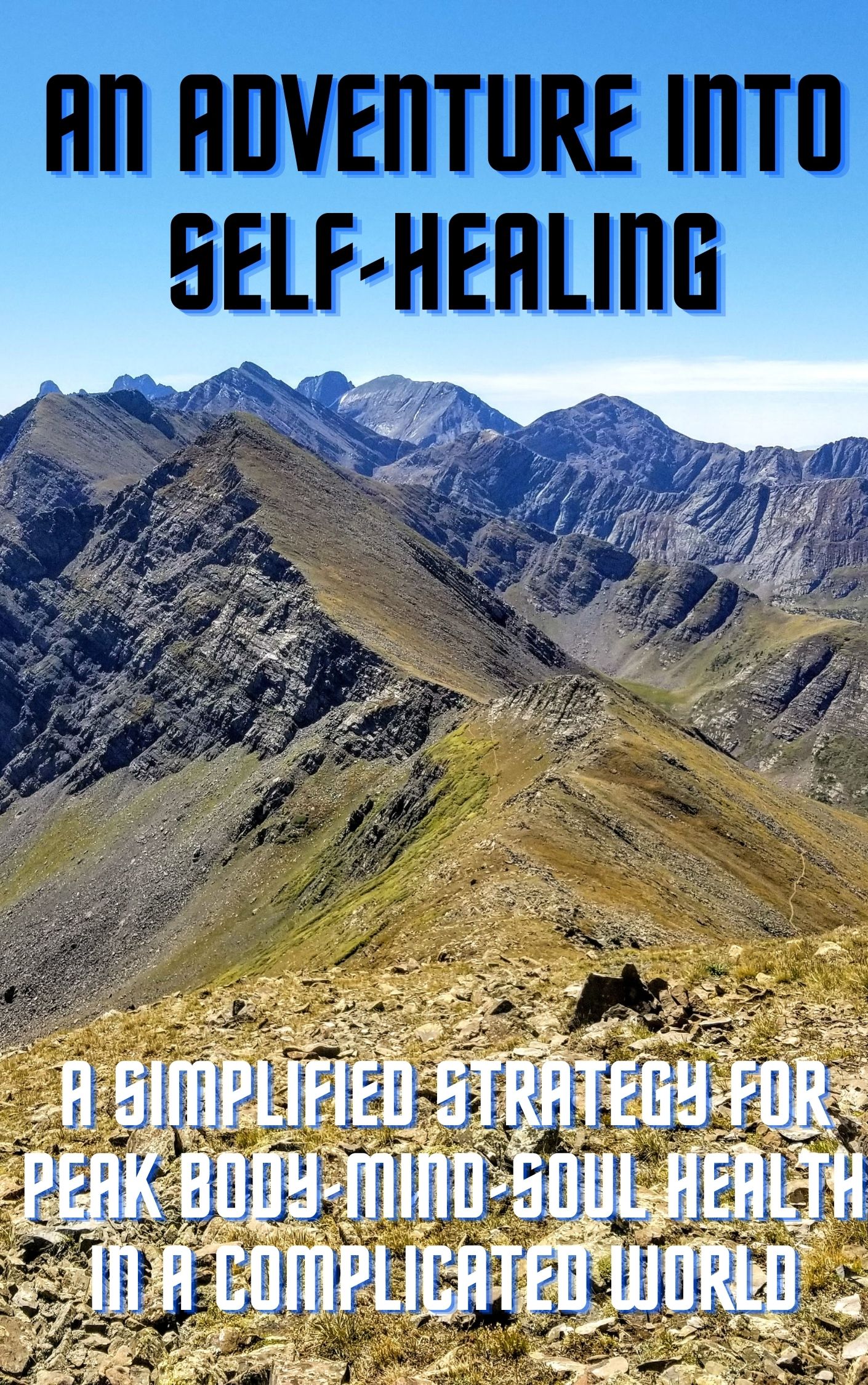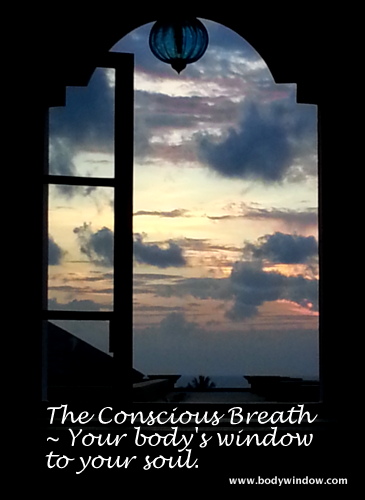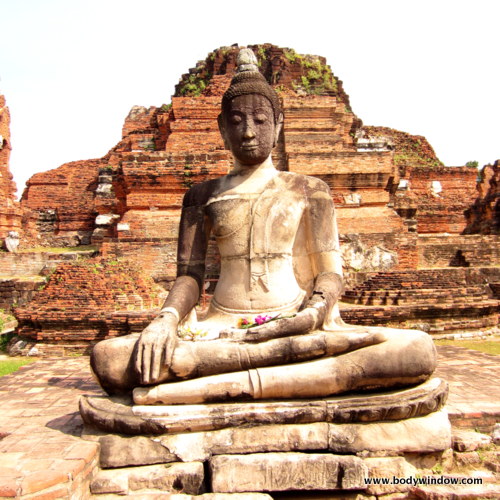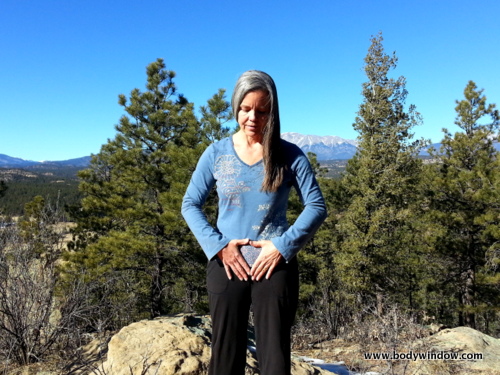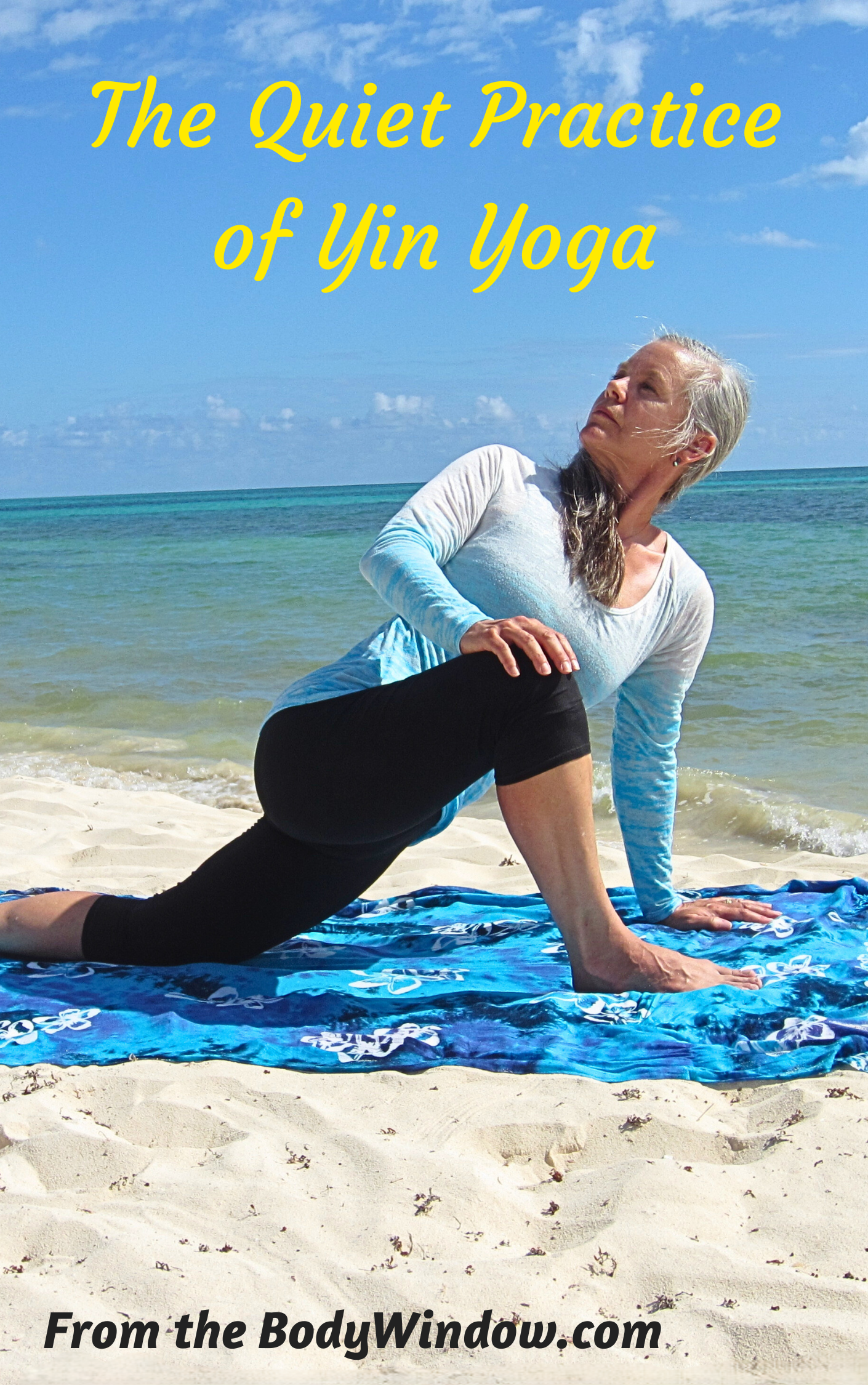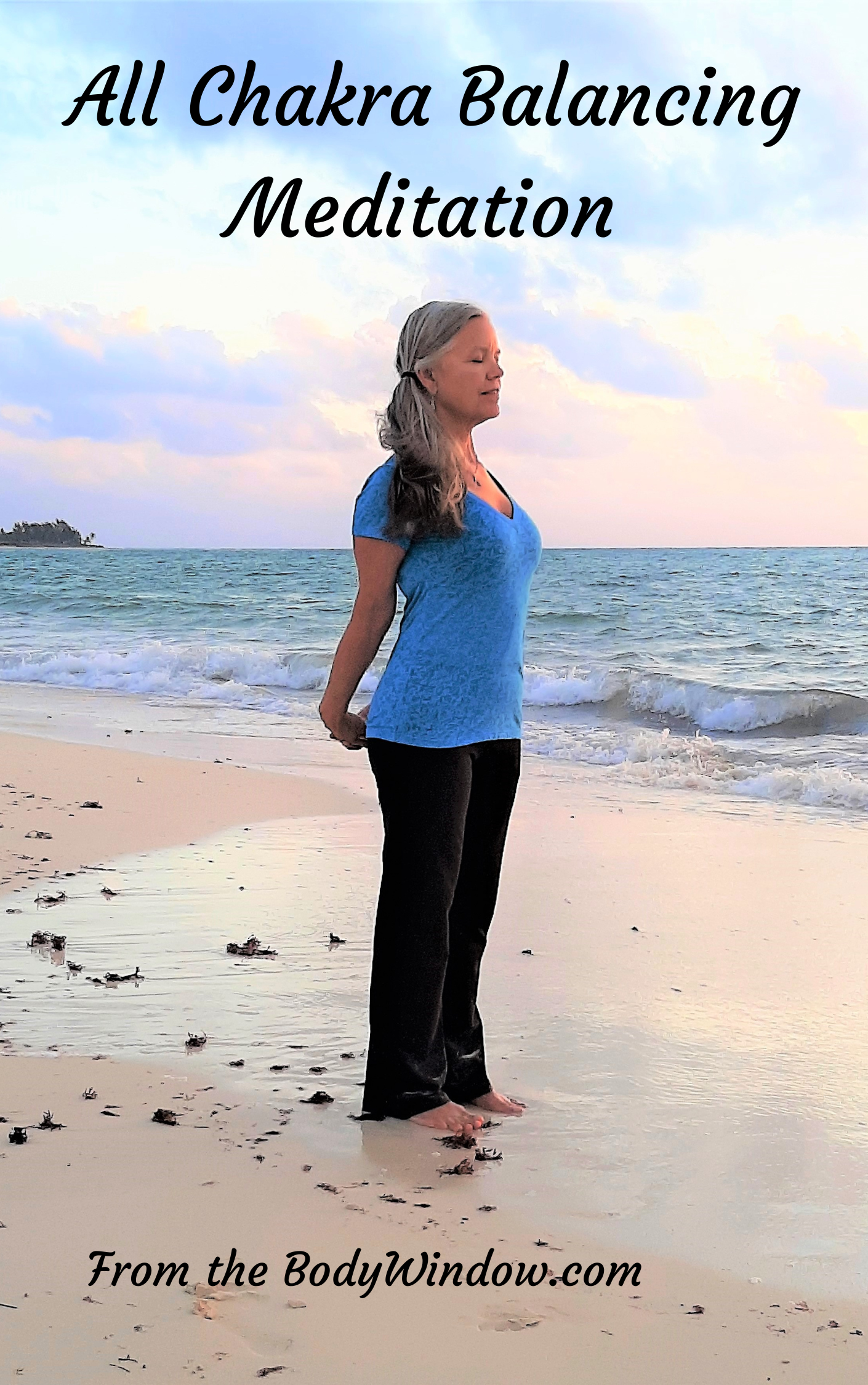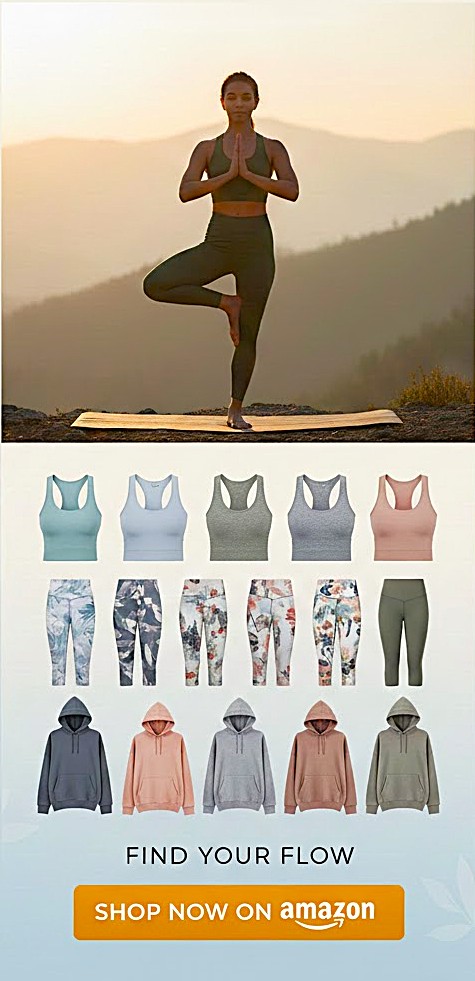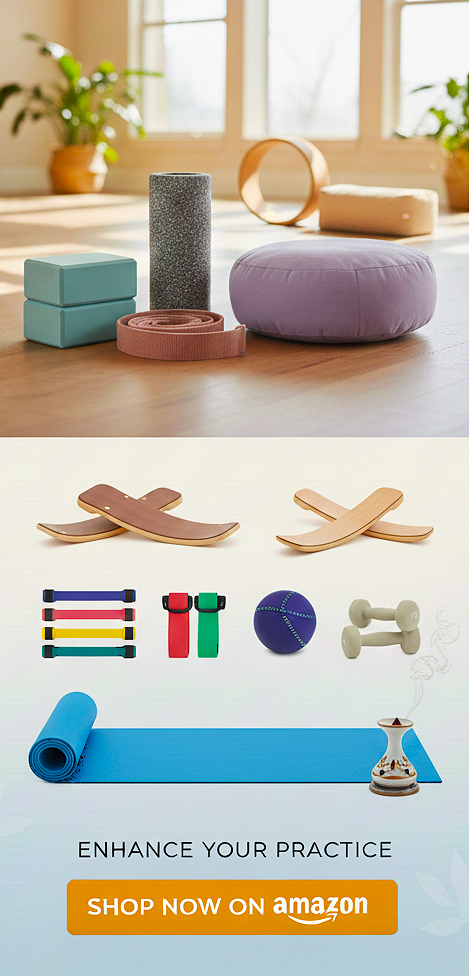Way ~ Through Your Body!
- Home
- The Breath
Remember to Breathe ~ Why the Breath is so Important
When we remember to breathe by practicing breathing exercises, the whole world of relaxation, and therefore, optimal health is open to us. It is physiologically impossible to hold tension when you breathe deeply!
"Feelings come and go like clouds in a windy sky. Conscious breathing is my anchor." ~ Thich Nhat Hanh, Stepping into Freedom: Rules of Monastic Practice for Novices
In my holistic health practice, the single most common problem I see is ineffective breathing. While our need to breathe is a prerequisite for life, somewhere along the line we lost our ability to breathe deeply, easily and fully.
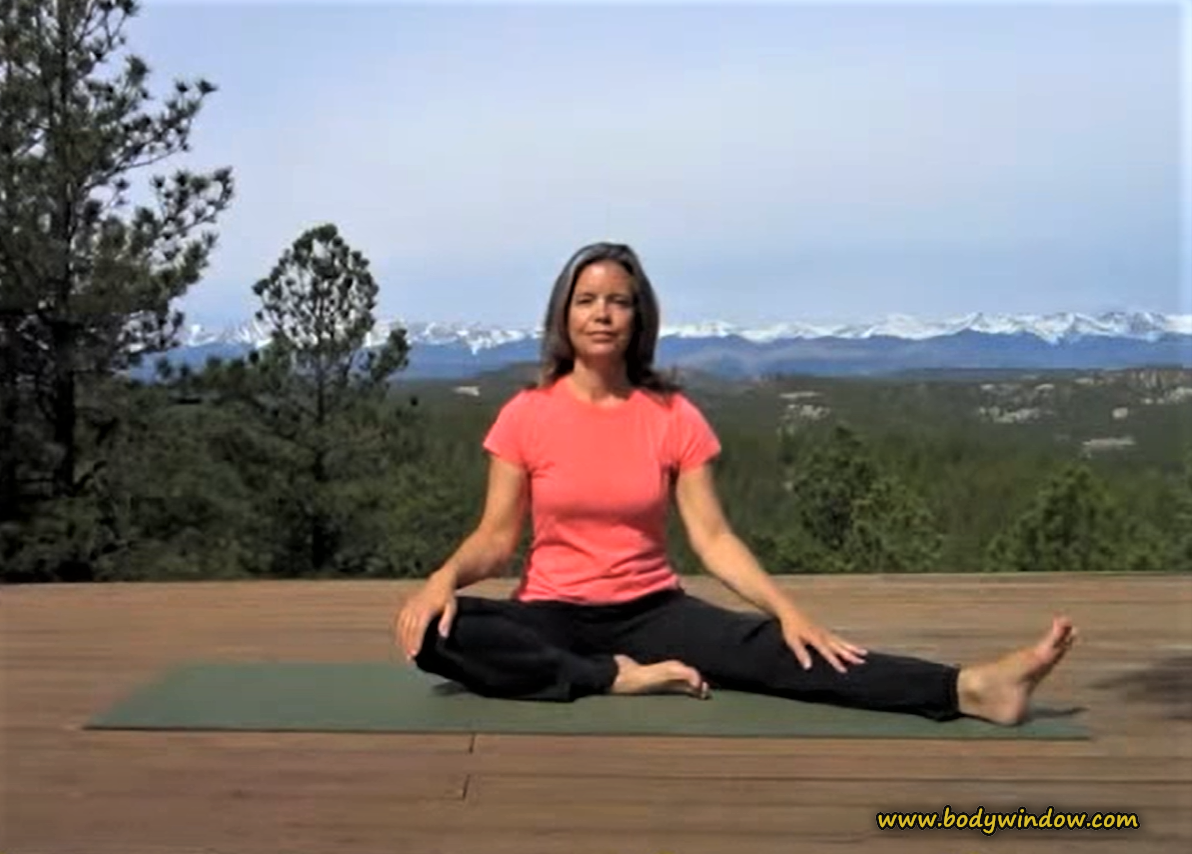 Mountain Backdrop for Pranayama, Elle Bieling
Mountain Backdrop for Pranayama, Elle BielingIs it any wonder that the ancient yogis developed the practice known as pranayama, or the art of breath control? Apparently, this problem has existed in the human race for a while now. The yogis learned that controlling the breath allowed you to control stress, control your physiological functions and control your quality of life and reach self-realization and enlightenment.
How can it be that something so extraordinarily simple can affect us so much? How powerful indeed, is this tool, the ability to remember to breathe effectively!
The Body Window's Self-Guided Healing Course is Now Reduced to only 19.95 USD!
Click here to learn more about how this healing course can change your life!
Stress and the Breath
I believe the reason that we cannot remember to breathe effectively is our current culture that is based on action-oriented, left-brained, "masculine energy" results. This observation is not meant to be judgmental, merely an observation that our quiet, intuitive, right-brained, "feminine energy" sides are not as well nurtured.
As a result of all the need for action and results, we find ourselves rushing and pushing most, if not all of the time. If we just spent equal amounts of time nurturing our quiet and creative sides, we could maintain a more healthy balance.
One of the simplest ways to nurture your quiet, intuitive side is learning to breathe more fully and in a slower, more relaxed fashion that stills the excitatory nervous system, the sympathetic nervous system, and allows for relaxation and recuperation through the parasympathetic nervous system.
Learning to breathe properly is necessary for the organism's homeostasis, or balance. With too much tension and action, the organism becomes quickly out of balance.
Muscle Tension and the Breath
Tensing our muscles when we are stressed is an automatic response in our bodies. In our need to breathe during a time of high stress and strong emotion, we shorten our breath, breathe faster and more shallowly in response. We also pull up our shoulders, tense our necks and round the back. It's as if we know that if we open up our upper bodies, we will explode with emotions. (Other muscle groups may be affected as well).
When negative emotions rise, muscle tension rises with it as we hold our breaths. We do this automatically, without thinking.
But the good news is that this can all be easily reversed, if you just bring conscious awareness to the breath and remember to breathe better.
The tension does not have to be automatic, if you can learn to breathe through your stress and keep your body more relaxed. With practice, this "pranayama" or control of the breath in everyday life is possible, as you remember to breathe better throughout your day.
It is possible to calm yourself through breathing deeply, triggering the parasympathetic nervous system and relaxation. It is physiologically impossible to hold muscular tension when you breathe deeply!
And it is the breath that breaks the tension cycle! If we could just learn this technique and apply it in our everyday lives!
Breathing Exercise – Evaluate the Depth of Your Breath:
A very effective exercise to evaluate the depth of your breathing is to sit upright, quietly. Breathe in and out as normal, for a few minutes and focus on your breath. When you are ready, take in a deep breath and fill your lungs. Then, open your mouth and as you exhale, say "ahhhhh" for as long as you are able.
If you are unable to prolong the exhalation phase for a period of 20 seconds while saying "ah" you are breathing too shallowly. You are holding in, or guarding the precious breath, instead of fully releasing, to bring back deeper breath, deeper life energy.
I admit it takes practice and I personally had no idea how tightly I was holding on to my breath. 20 seconds is a loooongggg time!
The Breath and Held Emotions
If feelings arise from this deep breathing exercise, notice them and write the feelings down if you can. Many of us have tight muscles in the diaphragm, unknowingly. It is where a lot of our tension goes, as we all hold our breaths when emotions arise.
Other people have tight muscles in the upper back and shoulders that hold tension, preventing the chest from fully expanding, which makes breathing deeply very difficult.
Often when we try to remember to breathe effectively, our bodies also remember things that we are trying to hold inside. Relaxing the muscles of the breath may release some of these emotions that have been hidden from consciousness.
Pranayama
In addition to the above breathing exercise to build up stamina and control of the breath, one of the easiest way to calm you is with the alternate nostril breathing technique. This is a classic yoga pranayama. It will help you remember to breathe through both nostrils.
The yogis figured out a long time ago that we breathe predominantly through one nostril! This exercise increases your oxygenation by learning to breathe through both! This pranayama practice will calm you and rejuvenate you, because breath is life!
Join me in my video to learn this simple pranayama technique! I have no voice over the video, but all you do is sit tall in a comfortable position and place your right hand in the position shown. Next, with your right thumb, occlude your right nostril. Breathe deeply in and out several times with your left nostril.
Next, take your thumb away, and now use your right pinkie finger to occlude your left nostril. Breathe deeply in and out through your right nostril.
It's that easy!
Notice if one nostril is stuffier than the other. Also notice which nostril is easier to breathe through. Notice over time when you practice if this phenomenon changes!
The Secret of Life
In the words of Thích Nhất Hạnh, a Vietnamese Buddhist monk, teacher, author, poet and peace activist who now lives in southwest France where he has been in exile for many years:
"Breath is the bridge which connects life to consciousness, which unites your body to your thoughts. Whenever your mind becomes scattered, use your breath as the means to take hold of your mind again."
~ The Miracle of Mindfulness: An Introduction to the Practice of Meditation
It is true that the breath holds the secret to life. When you breathe deeply, you inhale conscious awareness of all that is around you and within you. You become aware of all that you take in and all that you are able to receive. When you exhale, you become aware of all that you can release that no longer serves you.
When you remember to breathe through proper breath control, this is the cornerstone of meditation. By calming the mind through the breath, you can approach God and God can approach you.
Additional Articles Related to the Breath:
Can't find what you're looking for? Search this website:
Support This Website and Its Mission
Thank you so much for considering a donation to help support this website. I appreciate your thank-you for access to so much free information. If you feel you have been blessed by this website, thank-you for your donation! (Please note that you will be directed to PilgrimageTraveler.com's Paypal page when you click the donate button. This is another website of mine, a subsidiary and I have consolidated two accounts!)
© Copyright 2009-, by Elle Bieling, BodyWindow.com
All Rights Reserved
We also hereby confirm, as stated in our Privacy Policy, that we do not sell personal information of any kind.
Information on this website is not intended for medical advice. See your health care provider for any health concerns. By using this website and/or practicing any yoga postures, foam rolling exercises or other physical movements contained herein, you are agreeing that you are in good health, cleared by your healthcare professional to participate in physical activities and you release The Body Window from any liability involved in the practice.
